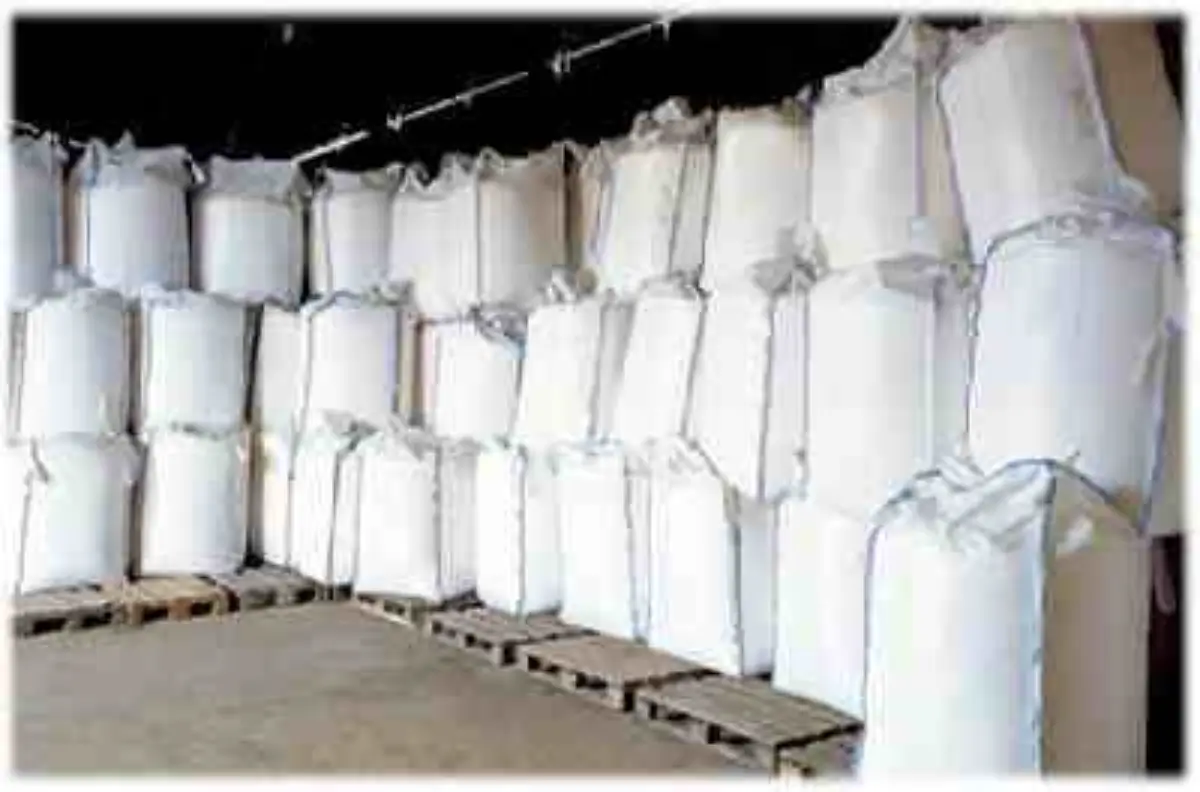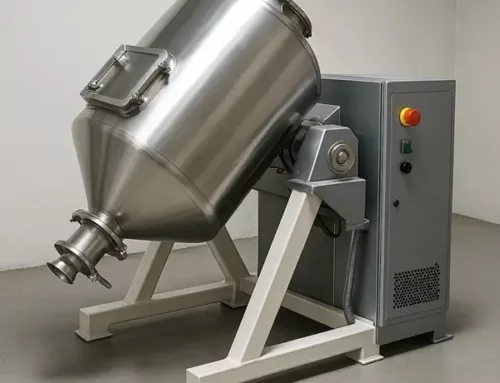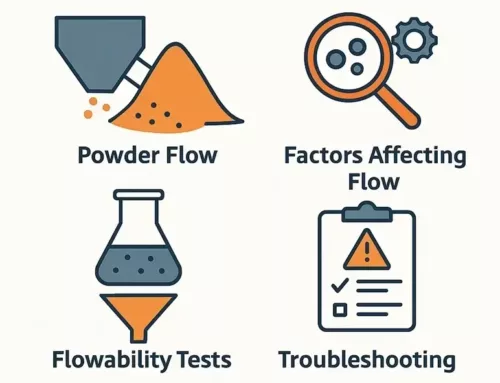Table of contents

In this articles, we will cover Powder caking and Uni-axial compact strength testing. Storing powder materials in large quantities, such as in big bags, often alters their flow properties. When these big bags are stacked, powders can experience a phenomenon called caking, where a free-flowing material becomes lumpy and harder to handle. This change in flow behavior is typically undesirable for efficient processing.
The origins of powder caking can vary. Sometimes, physical or mechanical blockages trigger caking, creating lumps in the material. However, other, more complex factors, like solid-phase transitions or particle deformation, may also cause this phenomenon. Particles may undergo elastic or plastic deformation under pressure, further contributing to caking.
Several variables influence powder caking. For instance, particle size distribution plays a key role, as smaller particles may pack more tightly, increasing the risk of caking. Surface interactions with moisture can also affect caking; particles that absorb moisture are more likely to form lumps. Additionally, factors like time and temperature impact the extent of caking, with prolonged storage and higher temperatures often intensifying this issue.
When studying powder caking, it’s essential to consider these variables to identify solutions. Uni-axial compact strength testing provides valuable insights into how powders respond under compression, helping predict and prevent undesired caking in bulk storage.
Uni-Axial Compact Strength Testing
Uni-axial compact strength testing effectively analyzes powder or granular material caking. This method detects changes in flow behavior due to compaction and confinement. It allows for testing under various consolidation pressures, durations, temperatures, and relative humidity levels.
In a powder caking study, the test material is subjected to specific consolidation conditions. Afterward, the test measures failure strength, which is the force required to break apart the unconfined powder cake. By identifying the critical conditions that lead to caking, researchers can pinpoint preventative measures.
This valuable data can inform adjustments in product formulation, production processes, or storage conditions. With these improvements, powder flow behavior becomes more reliable, and the risk of caking decreases, leading to a higher-quality product that maintains consistent flowability.
Powder Caking and Uni-Axial Compact Strength Testing Methodologies
Uni-axial compact strength testing also effectively examines the impact of anti-caking or flowing agents on powders. These agents help prevent powder caking and promote smoother flow, essential for maintaining powder quality during storage and use. Using uni-axial compact strength measurements, researchers can determine the optimal concentration of these agents, ensuring they deliver the desired anti-caking effect.
While powder caking is common, granular materials can also experience caking, usually due to mechanical blockage. This difference arises because granular materials have fewer contact points, leading to caking primarily from physical obstructions. In contrast, powder caking often involves more complex mechanisms, such as solid-phase transitions and surface interactions. Consequently, the origin of caking in powders differs significantly from that of granular materials, highlighting the importance of tailored testing methodologies.




